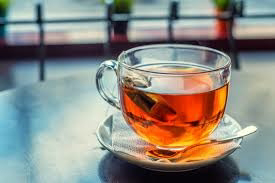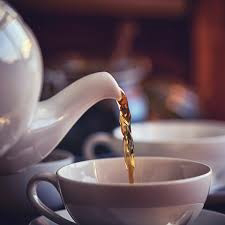Preparing a cup of tea with international standards involves paying attention to the quality of the tea leaves, using the correct water temperature, steeping time, and serving methods. Here's a step-by-step guide on how to prepare a cup of tea with international standards.
1. Choose high-quality tea leaves: Opt for loose tea leaves instead of tea bags for better flavor and aroma. Look for reputable brands or specialty tea shops that offer a wide variety of tea options.
2. Boil fresh water: Use filtered or spring water for the best taste. Avoid reusing water as it can affect the flavor of the tea. Measure the amount of water needed based on the number of cups you want to prepare.
3. Preheat the teapot/cup: To ensure optimal brewing temperature, rinse the teapot or cup with hot water before adding the tea leaves.
4. Measure the tea leaves: Use a tea infuser or teaspoon to measure the desired amount of tea leaves. The standard ratio is typically 1 teaspoon of tea leaves per 8 ounces (240 ml) of water, but it can vary depending on personal preference and the type of tea.
5. Heat the water to the correct temperature: Different types of tea require different water temperatures for optimal brewing. Here are some general guidelines:
- Green tea: 160-180°F (70-82°C)
- White tea: 165-185°F (74-85°C)
- Oolong tea: 185-205°F (85-96°C)
- Black tea: 205°F (96°C)
- Herbal tea: 205°F (96°C)
Boiling water can scorch delicate teas, so it's important to use the appropriate temperature.
6. Steep the tea leaves: Pour the heated water over the tea leaves in the preheated teapot or cup. Steeping time varies depending on the type of tea and personal preference. Generally, follow these guidelines:
- Green tea: 1-3 minutes
- White tea: 4-6 minutes
- Oolong tea: 2-5 minutes
- Black tea: 3-5 minutes
- Herbal tea: 5-7 minutes
Adjust the steeping time to achieve the desired strength of tea.
7. Strain and serve: After the desired steeping time, remove the tea leaves or strain the tea to separate them from the liquid. Pour the tea into cups while it's still hot. Some tea enthusiasts prefer to use a small tea strainer when serving to catch any leaves or sediment.
8. Optional additions: Depending on preference, you can add sugar, honey, lemon, milk, or other flavorings. Pay attention to the tea type and cultural preferences when considering such additions.
Remember, these are general guidelines, and you can adjust them based on personal taste preferences. Experimenting with different tea types, steeping times, and water temperatures will help you find the perfect cup of tea that suits your taste.


